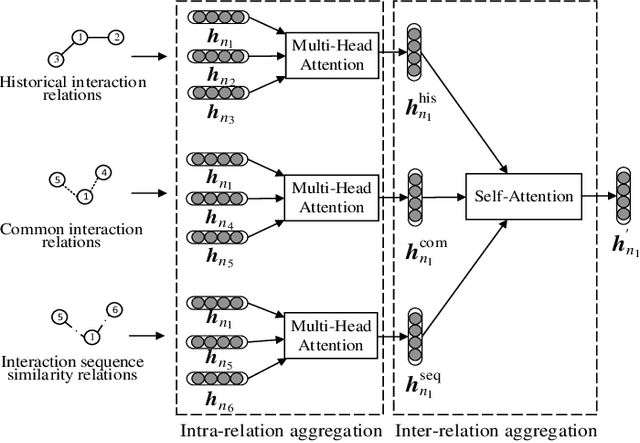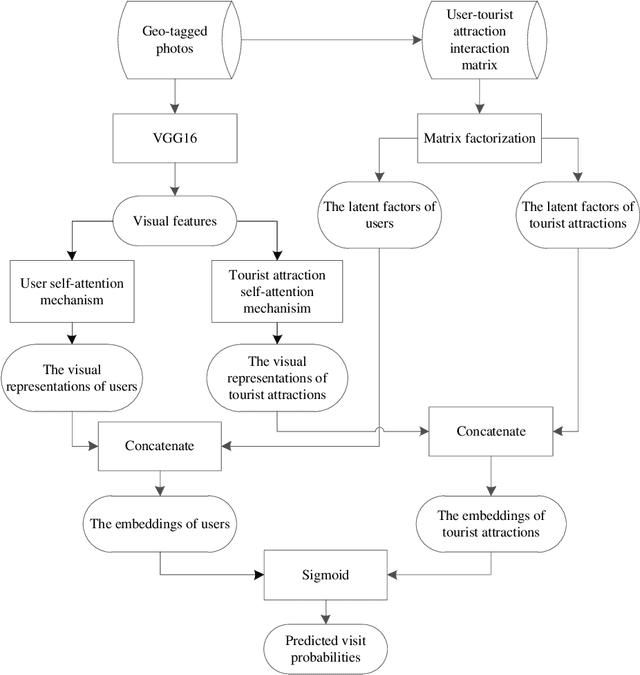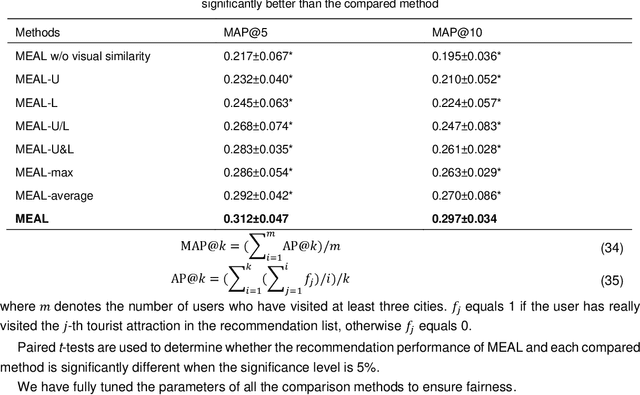Dandan Lyu
Fine-Grained Population Mobility Data-Based Community-Level COVID-19 Prediction Model
Feb 13, 2022



Abstract:Predicting the number of infections in the anti-epidemic process is extremely beneficial to the government in developing anti-epidemic strategies, especially in fine-grained geographic units. Previous works focus on low spatial resolution prediction, e.g., county-level, and preprocess data to the same geographic level, which loses some useful information. In this paper, we propose a fine-grained population mobility data-based model (FGC-COVID) utilizing data of two geographic levels for community-level COVID-19 prediction. We use the population mobility data between Census Block Groups (CBGs), which is a finer-grained geographic level than community, to build the graph and capture the dependencies between CBGs using graph neural networks (GNNs). To mine as finer-grained patterns as possible for prediction, a spatial weighted aggregation module is introduced to aggregate the embeddings of CBGs to community level based on their geographic affiliation and spatial autocorrelation. Extensive experiments on 300 days LA city COVID-19 data indicate our model outperforms existing forecasting models on community-level COVID-19 prediction.
TME-BNA: Temporal Motif-Preserving Network Embedding with Bicomponent Neighbor Aggregation
Oct 26, 2021



Abstract:Evolving temporal networks serve as the abstractions of many real-life dynamic systems, e.g., social network and e-commerce. The purpose of temporal network embedding is to map each node to a time-evolving low-dimension vector for downstream tasks, e.g., link prediction and node classification. The difficulty of temporal network embedding lies in how to utilize the topology and time information jointly to capture the evolution of a temporal network. In response to this challenge, we propose a temporal motif-preserving network embedding method with bicomponent neighbor aggregation, named TME-BNA. Considering that temporal motifs are essential to the understanding of topology laws and functional properties of a temporal network, TME-BNA constructs additional edge features based on temporal motifs to explicitly utilize complex topology with time information. In order to capture the topology dynamics of nodes, TME-BNA utilizes Graph Neural Networks (GNNs) to aggregate the historical and current neighbors respectively according to the timestamps of connected edges. Experiments are conducted on three public temporal network datasets, and the results show the effectiveness of TME-BNA.
Multi-Relation Aware Temporal Interaction Network Embedding
Oct 09, 2021



Abstract:Temporal interaction networks are formed in many fields, e.g., e-commerce, online education, and social network service. Temporal interaction network embedding can effectively mine the information in temporal interaction networks, which is of great significance to the above fields. Usually, the occurrence of an interaction affects not only the nodes directly involved in the interaction (interacting nodes), but also the neighbor nodes of interacting nodes. However, existing temporal interaction network embedding methods only use historical interaction relations to mine neighbor nodes, ignoring other relation types. In this paper, we propose a multi-relation aware temporal interaction network embedding method (MRATE). Based on historical interactions, MRATE mines historical interaction relations, common interaction relations, and interaction sequence similarity relations to obtain the neighbor based embeddings of interacting nodes. The hierarchical multi-relation aware aggregation method in MRATE first employs graph attention networks (GATs) to aggregate the interaction impacts propagated through a same relation type and then combines the aggregated interaction impacts from multiple relation types through the self-attention mechanism. Experiments are conducted on three public temporal interaction network datasets, and the experimental results show the effectiveness of MRATE.
Multi-Level Visual Similarity Based Personalized Tourist Attraction Recommendation Using Geo-Tagged Photos
Sep 17, 2021



Abstract:Geo-tagged photo based tourist attraction recommendation can discover users' travel preferences from their taken photos, so as to recommend suitable tourist attractions to them. However, existing visual content based methods cannot fully exploit the user and tourist attraction information of photos to extract visual features, and do not differentiate the significances of different photos. In this paper, we propose multi-level visual similarity based personalized tourist attraction recommendation using geo-tagged photos (MEAL). MEAL utilizes the visual contents of photos and interaction behavior data to obtain the final embeddings of users and tourist attractions, which are then used to predict the visit probabilities. Specifically, by crossing the user and tourist attraction information of photos, we define four visual similarity levels and introduce a corresponding quintuplet loss to embed the visual contents of photos. In addition, to capture the significances of different photos, we exploit the self-attention mechanism to obtain the visual representations of users and tourist attractions. We conducted experiments on a dataset crawled from Flickr, and the experimental results proved the advantage of this method.
 Add to Chrome
Add to Chrome Add to Firefox
Add to Firefox Add to Edge
Add to Edge